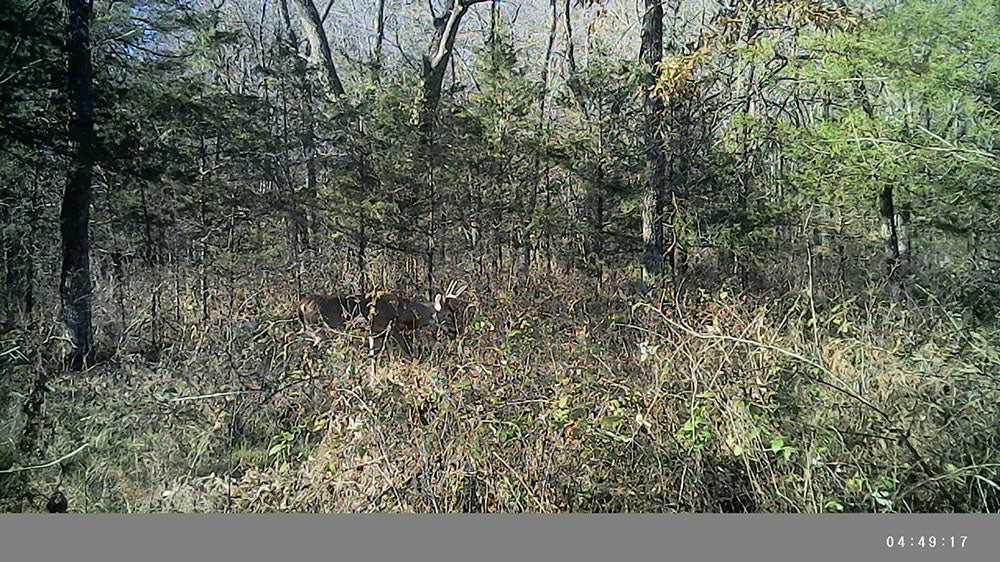For hunters, success often comes down to a single factor: remaining undetected. No matter how advanced your gear is or how skilled you are with your weapon, the ability to blend seamlessly into the environment is what separates seasoned hunters from beginners. Game animals have evolved with sharp senses of sight, smell, and hearing—three barriers every hunter must overcome. We’ll share ten proven strategies that will help you stay invisible in the woods and improve your chances of a successful harvest.
1. Understand Wind Direction
Animals rely heavily on their sense of smell. Deer, elk, and other game can detect human scent from hundreds of yards away if the wind is not in your favor. Always check wind direction before setting up your stand or moving into position. Carry a small wind indicator or use natural clues like blowing leaves. Position yourself so your scent travels away from where you expect the animals to approach. A poorly considered wind direction can ruin a hunt before it even begins.
2. Use a Hunting Blind Effectively
A hunting blind is one of the most reliable tools for staying hidden in plain sight. Not only does it conceal your movements, but modern blinds are designed with camouflage patterns that blend into different terrains. Whether you’re hunting deer, turkey, or waterfowl, blinds provide a controlled environment where you can stay comfortable and minimize sudden movements. To maximize effectiveness, place the blind several weeks before the season begins so animals become accustomed to its presence. Brush it in with local vegetation to make it look natural, and always keep noise and movement to a minimum once inside.
3. Wear Proper Camouflage
Camouflage is about more than just looking good in hunting photos. It needs to match the season, terrain, and specific type of hunting. For early fall, choose greens and browns; in late season, patterns with grays and dead vegetation work better. Turkey hunters may benefit from full-body camo, while deer hunters can often rely on jackets, pants, and face coverings. Don’t forget your hands and face—two of the most visible areas to animals.
4. Control Your Scent
Scent control goes beyond wind direction. Wash your hunting clothes in scent-free detergent and store them in a sealed container or bag with natural items like leaves or pine needles from the hunting area. Use scent-eliminating sprays before heading into the woods, and avoid using scented deodorants or soaps. Many hunters also carry ozone-based devices or cover scents such as earth, cedar, or acorn to mask human odor. Combining scent control with strategic wind management gives you a major advantage.
5. Move Slowly and Deliberately
Quick, jerky movements are easily noticed by animals. When stalking or still-hunting, move at a snail’s pace. Take a few careful steps, then pause for at least 30 seconds to observe your surroundings. This mimics the natural rhythm of the forest, where animals rarely move continuously. If you spot game, freeze immediately. Animals often react to movement first, not shapes, so stillness can save your hunt.
6. Blend in with Natural Sounds
Noise is another giveaway. Avoid loud clothing like nylon that swishes when you move. Opt for soft, quiet fabrics like fleece or wool. Keep gear organized in your backpack so it doesn’t rattle. When walking, step lightly and place your feet on soft ground or rocks rather than dry leaves or twigs. Some hunters even mimic natural forest noises—such as rustling leaves or light coughs that resemble animal sounds—to disguise their presence.
7. Time Your Entry and Exit
Animals are most active during dawn and dusk. Enter your hunting area well before first light or in the early afternoon before the evening movement begins. Use low-light tools like red-lens headlamps that minimize disturbance. Avoid leaving at prime times when your movement can spook game. If you need to leave, do so quietly and carefully, retracing your steps to minimize scent spread.
8. Pay Attention to Silhouettes
Even if your camouflage is perfect, your outline can betray you. Animals are highly skilled at detecting unnatural shapes. Break up your silhouette by hunting near trees, brush, or terrain features. When sitting in a tree stand, place yourself against the trunk rather than in open sky where your figure is easily noticed. In a hunting blind, keep the windows small and avoid sitting where sunlight can highlight your movements.
9. Stay Patient and Still
Patience is often the hardest skill for hunters to master. Animals may take hours to approach your area, and even slight movements can ruin your chances. Stay mentally prepared by keeping yourself comfortable—use cushions, warm clothing, and hydration packs. Hunters who remain still for long stretches have far greater success rates than those who grow restless and shift constantly.
10. Scout and Prepare Ahead of Time
Finally, preparation is everything. Scout your hunting area weeks before the season to understand game patterns, bedding areas, and feeding locations. Look for natural funnels and trails where animals are more likely to pass. Place trail cameras to gather data and adjust your strategy accordingly. Pre-season preparation also allows you to set up your hunting blind early, trim shooting lanes, and ensure your scent is minimized before the actual hunt begins.
Blend in, stay quiet, and let nature come to you—the results will follow
Staying undetected in the woods is an art that combines patience, preparation, and practical knowledge. By mastering wind direction, practicing scent control, wearing proper camouflage, and using tools like a hunting blind, you can dramatically increase your chances of success. Every strategy on this list builds upon the others, and together they create a complete system of stealth in the wild. Remember, hunting is as much about discipline and respect for the game as it is about the harvest.

